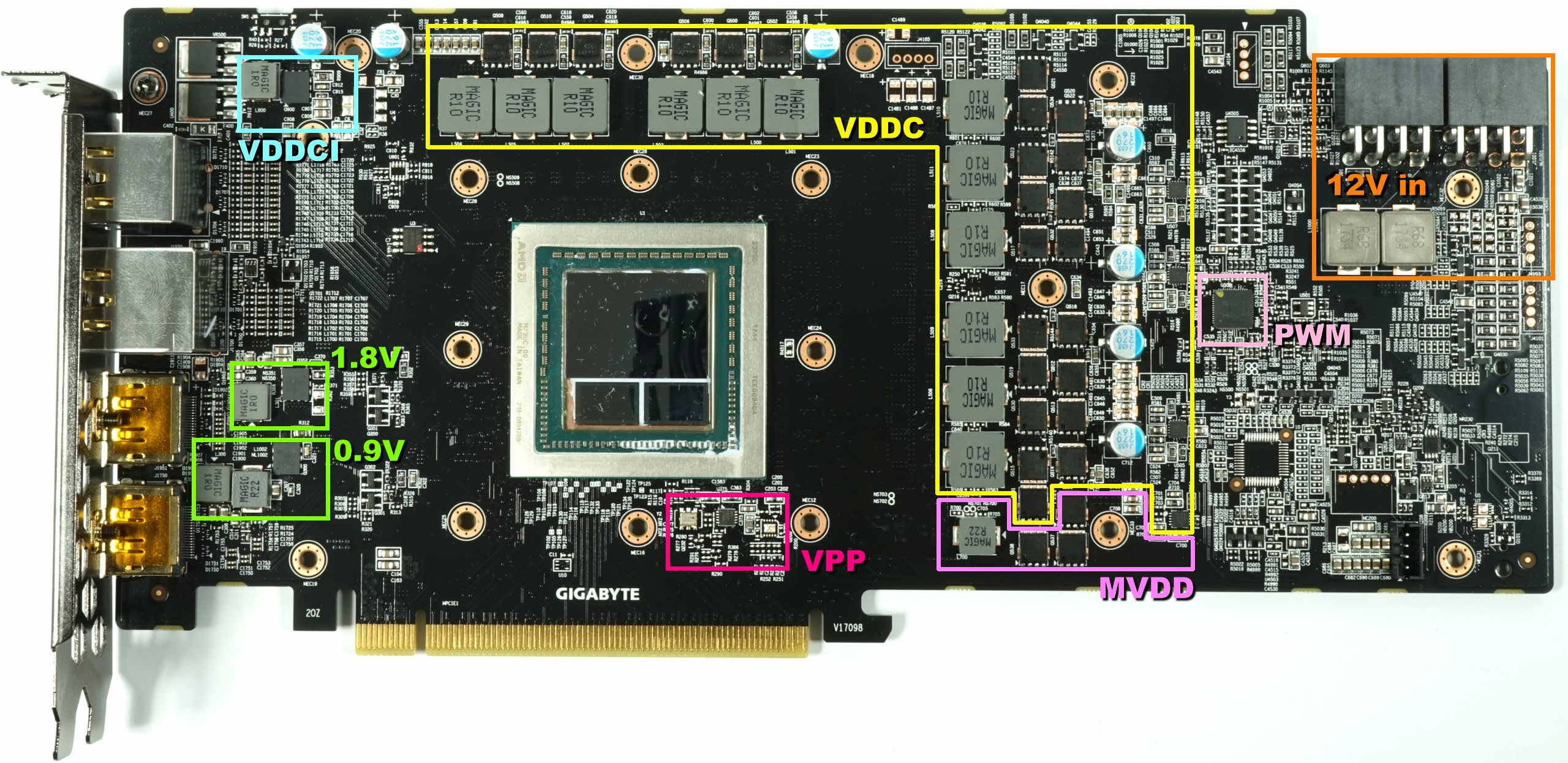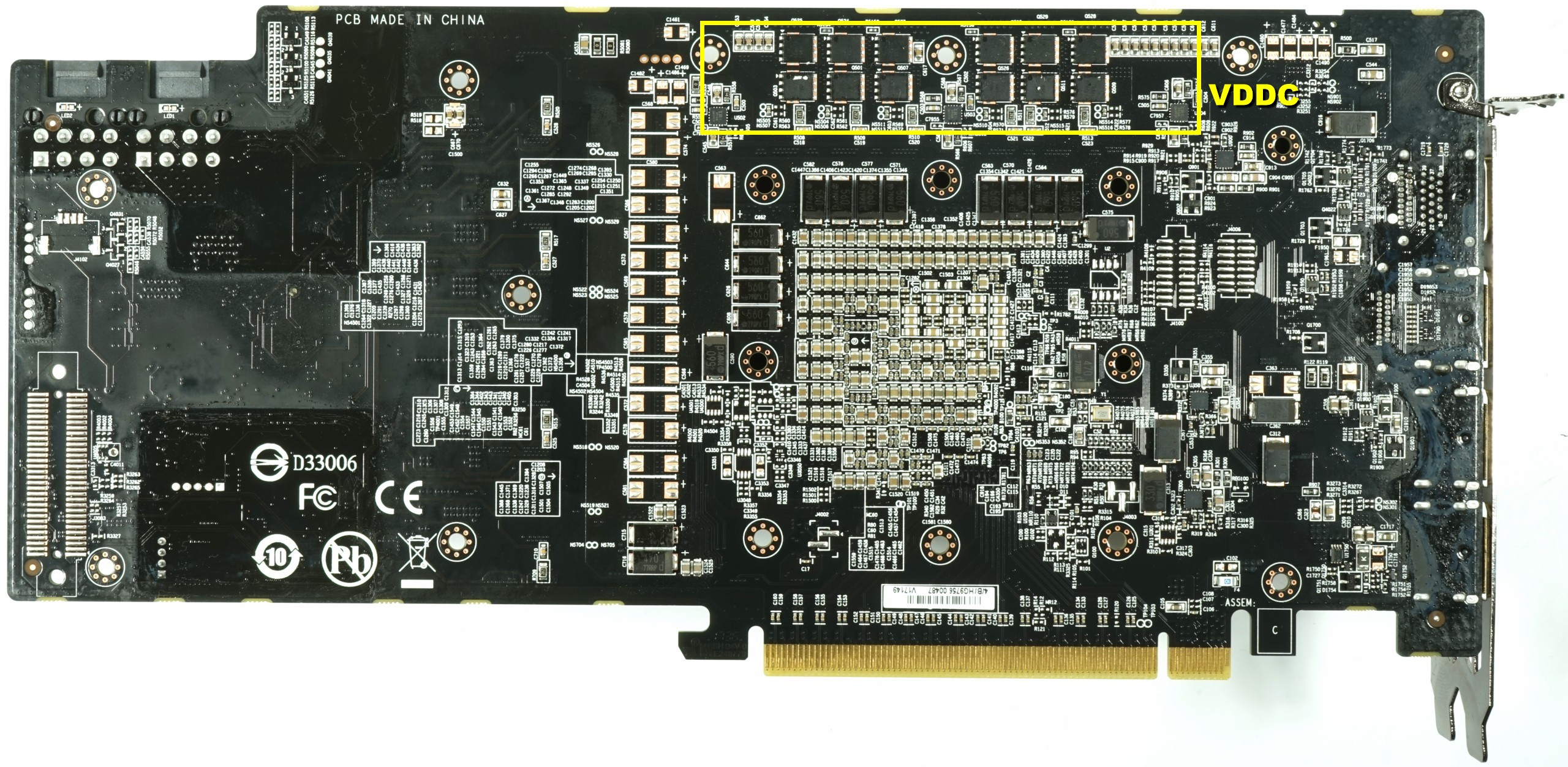Hot Vega: Gigabyte Radeon RX Vega 56 Gaming OC 8G Review
Why you can trust Tom's Hardware
Board & Power Supply
Board Layout
Gigabyte deviates significantly from AMD's reference board. Unfortunately, this also means that the design is incompatible with most existing full-cover water coolers. Even Raijintek's popular Morpheus is not an option. While Gigabyte implements six power phases with doubling, resulting in 12 voltage converters for the VDDC, and one phase for the memory (MVDD), just like AMD, the way those elements are oriented is bound to cause issues for third-party coolers.
The sources of other auxiliary voltages are also visible in our layout diagram.
A look at the board's back side reveals that half of the most heavily-used low-side MOSFETs are relocated there. So, it's safe to assume that ~30% of all voltage converter losses (and associated heat) occur on the back of the card. Naturally, then, it isn't enough to only dissipate heat from the board's front. Cooling is now required on both sides.
Gigabyte relies on a total of two eight-pin auxiliary power connectors to complement the 16-lane PCIe slot. According to our measurements, that slot delivers a maximum of ~25W, so those two connectors make up the difference.
A once-over of the PCB suggests Gigabyte omitted many components found on its pre-production sample. The list of missing features begins with a Holtek microprocessor for RGB controls and ends with a second BIOS IC, which we miss a lot more. In the end, what remains is a cut-down version of what started as a much more ambitious project.
GPU Power Supply (VDDC)
As with AMD's reference design, the focus is on International Rectifier's IR35217, a dual-output multi-phase controller that provides six phases for the GPU and an additional phase for the memory. But again, there are 12 regulator circuits, not just six. This is a result of doubling, allowing the load from each phase to be distributed between two regulator circuits.
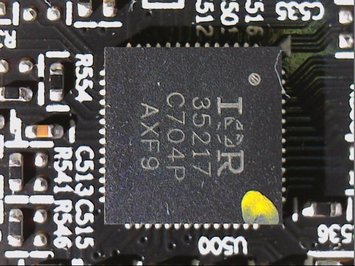
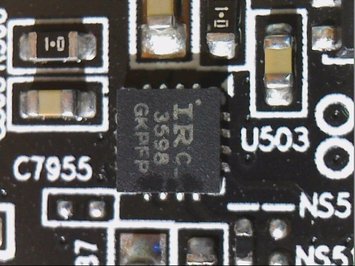
Six IR3598 interleaved MOSFET drivers, three on the front and three on the back, are responsible for this doubling. The actual voltage conversion for each of the 12 regulator circuits is handled by one Alpha & Omega Semiconductor AON6594 on the high side and two AON6360s in parallel on the low side. This is an inexpensive but acceptable choice of components, especially since the parallel arrangement also means that thermal hot-spots are distributed more evenly.
Get Tom's Hardware's best news and in-depth reviews, straight to your inbox.
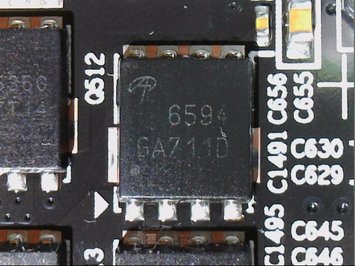
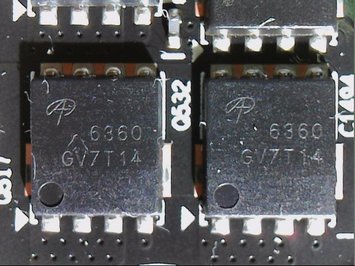
Gigabyte relies on Magic chokes for its VDDC and MVDD. With only 10nH for the VDCC, however, these encapsulated ferrite-core coils are rather small.
The one MVDD phase's coils are more average, having an inductance of 22nH. However, in other cards, we've even seen 33nH chokes.

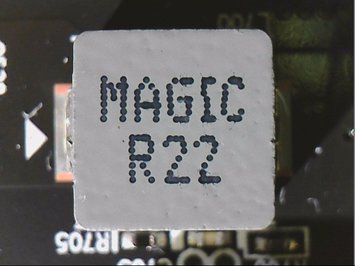
Memory Power Supply (MVDD)
As mentioned, the memory's power is controlled by International Rectifier's IR35217 as well. One phase is fully sufficient for this card, as its HBM2 is less demanding. Similar to the VDDC, one AON6594 on the high side and two AON6360s in parallel on the low side are used.
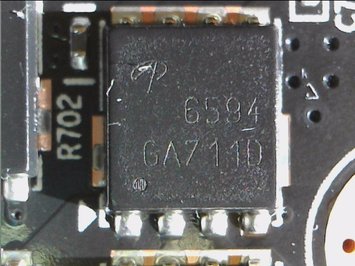
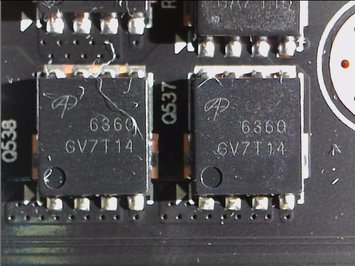
Additional Voltage Converters
Creating the VDDCI isn’t a very difficult task. But it's an important one since this regulates the transition between the internal GPU and memory signal levels. It’s essentially the I/O bus voltage between the GPU and memory. As such, two constant sources of 1.8V and 0.9V are supplied.
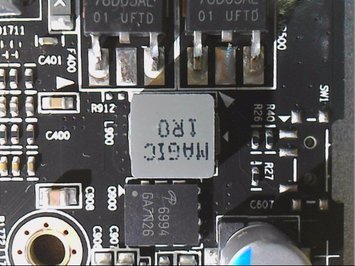
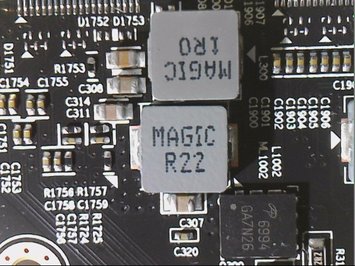
Underneath the GPU, there’s an Anpec APL5620 low drop-out linear regulator, which provides the very low voltage for the phase locked loop (PLL) area.
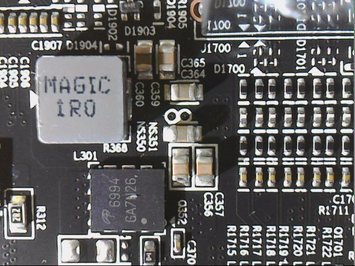
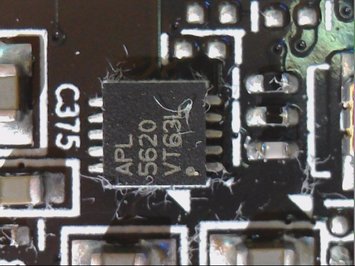
Everything else is standard fare. Only the single BIOS chip stands out. Gigabyte naturally leaves off the switch you'd use to toggle between BIOSes on a dual-firmware board, although there is a designated space for it on the PCB.
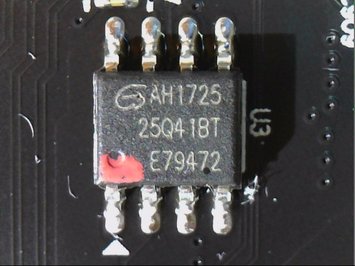
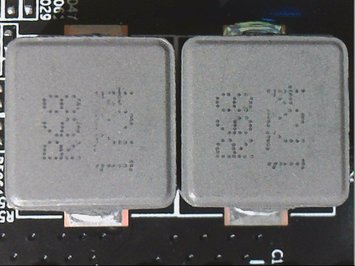
A 68nH ferrite-core coil helps to block peaks and any other potential by-products of the power supply.
MORE: Best Graphics Cards
MORE: Desktop GPU Performance Hierarchy Table
MORE: All Graphics Content

Igor Wallossek wrote a wide variety of hardware articles for Tom's Hardware, with a strong focus on technical analysis and in-depth reviews. His contributions have spanned a broad spectrum of PC components, including GPUs, CPUs, workstations, and PC builds. His insightful articles provide readers with detailed knowledge to make informed decisions in the ever-evolving tech landscape
